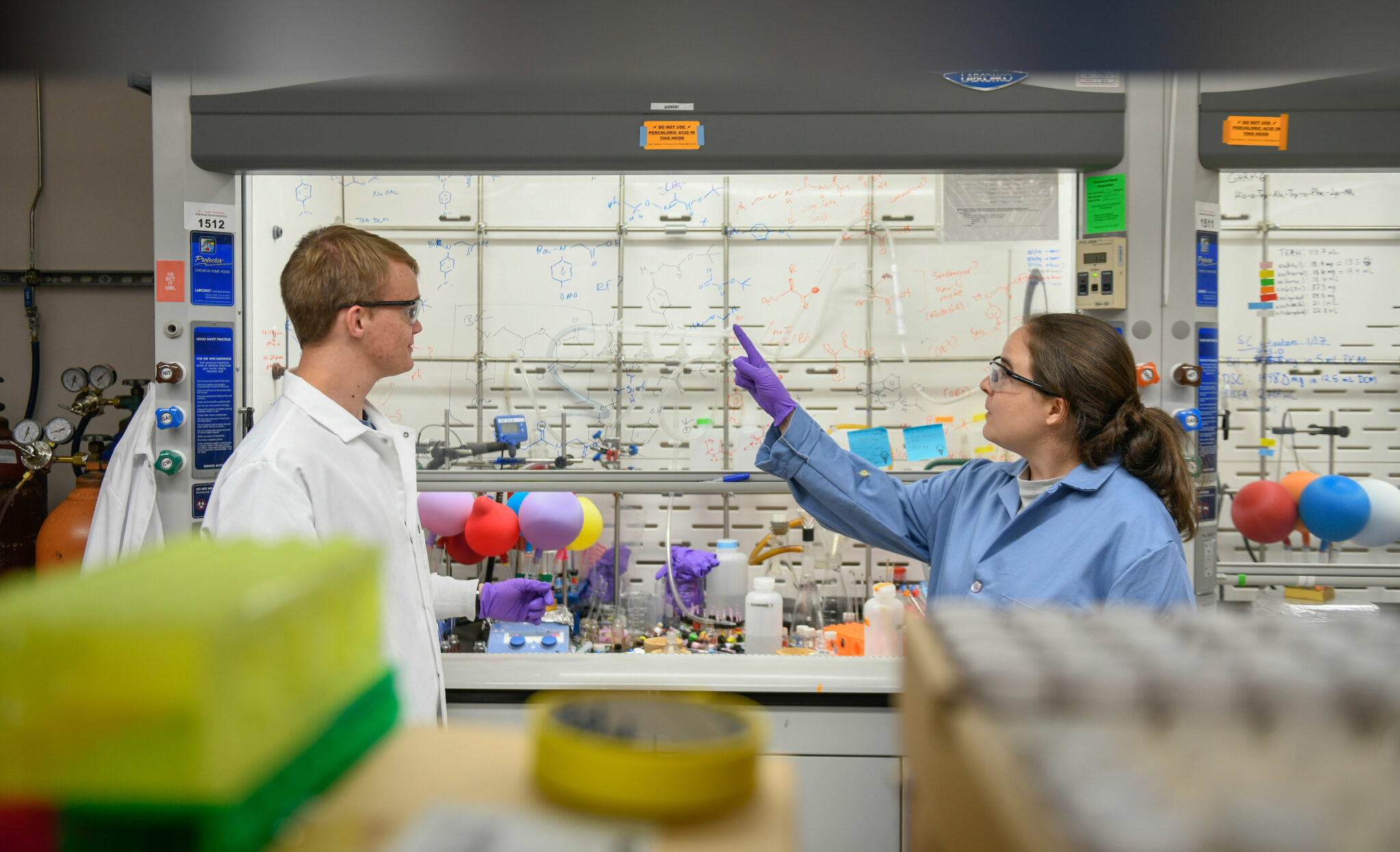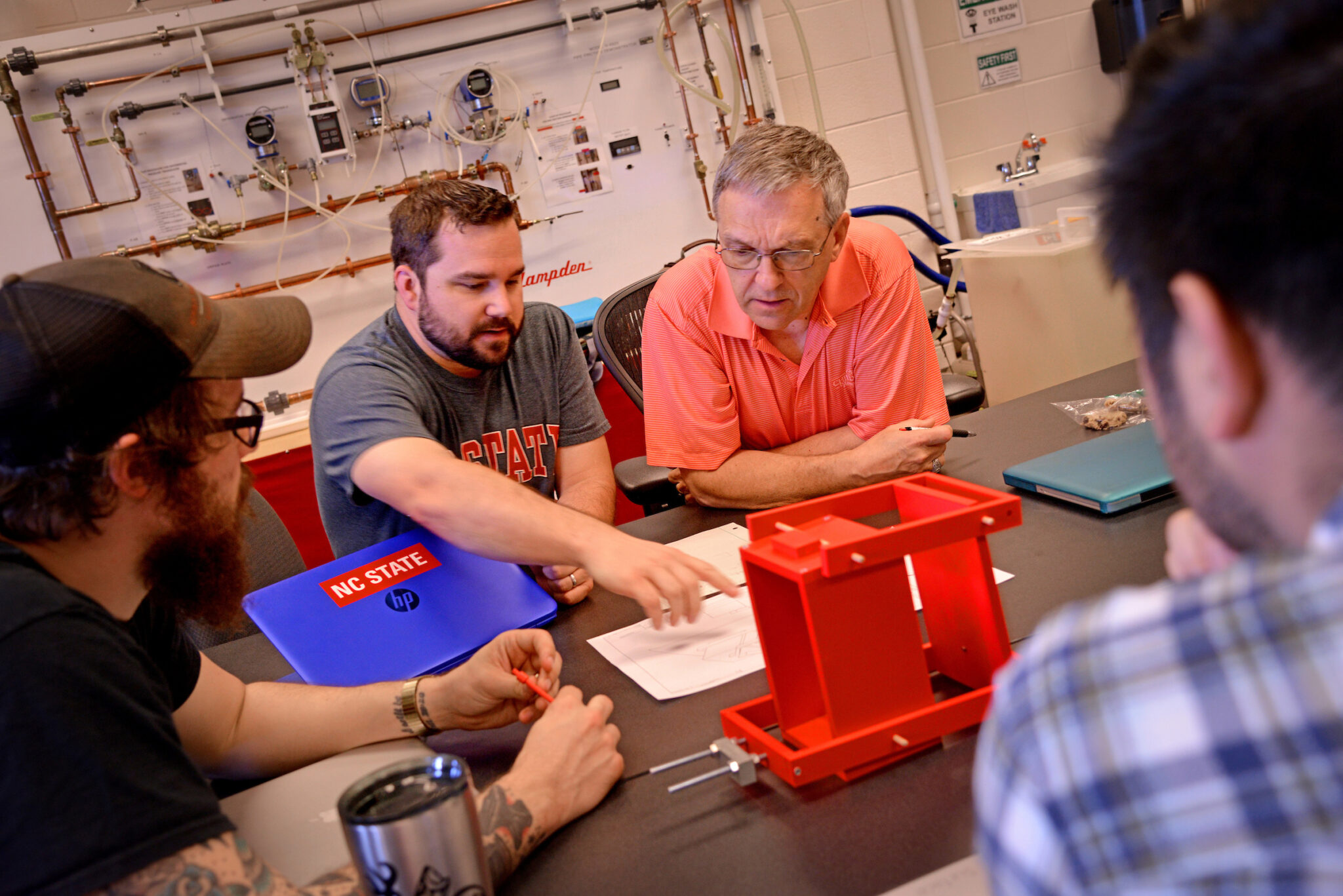NSF’s New Senior Personnel Document Requirements

The latest version of NSF’s Proposal & Award Policies & Procedures Guide (PAPPG) went into effect June 1, 2020 (available on-line or for download here). While there are several significant changes, we will touch on just one here – some of the documentation required for Senior Personnel. Although the content laid out in the 2020 PAPPG is now in effect, the new formats will not be required for proposals until October 5, 2020.
What NSF Wants to See – In Effect Now
Listing of Current & Pending Support (CPS)
The CPS is not just a list of what projects and proposals you are conducting, it is a disclosure to NSF of your research activity and the support provided for that activity. This is the same information that NSF has always required, but they are now providing more detail to explanation their expectations.
Does any of your support have an associated time obligation? If so, it needs to be disclosed to NSF. If you currently commit time or plan to commit time – even for faculty on a 9-month appointment and the commitment is in the summer – to any consulting work, that should be included.
If you have agreements with industry that supply you with in-kind resources (like a funded graduate student, access to specialized equipment, or proprietary materials) in return for something that requires your time, such as a commitment to work with them, that needs to be included. If those resource will be used for the proposed project, it can be mentioned in the Facilities, Equipment and Other Resources section of the proposal. If it will not be used for the proposed project, it should be in your CPS with an estimated dollar value. The information on particular support items does not need to be included in both sections.
You do not need to include items that are not allocated to specific projects: start up packages, tuition/other graduate student support from the Provost, support for seminars, etc. Internal grant funding for specific projects – like RISF – should be included, either as project support or in-kind contributions, whichever is applicable.
Biosketch
These are very similar to what has been required previously and should need much less rethinking. As in the past, the list of Synergistic Activities should include up to five distinct examples – NOT five activities with multiple examples for each. So “Peer reviewer since 1987 for the Fabulous Journal of Arcane Science” is allowed, but “Peer reviewer” followed by a list of 30 journals is not.
There is also a change that could make things easier! NSF’s requirement that products show ALL authors is waived if that would prevent you from including the publications you want due to space constraints. Now you can list the nuclear and particle physics papers you published even if they each have 60 authors!
How NSF Wants to See It – In Effect Starting 10/5/2020
Beginning in October there will only be two ways to supply this Senior Personnel information to NSF:
- Download and complete NSF’s fillable PDF forms
- Log onto SciENcv to create a PDF
- You can do this yourself, or
- You can delegate access in SciENcv to someone else
Please note that you CANNOT create a file that looks identical to either the biosketch or CPS forms – it has to be either an NSF-created fillable PDF or a PDF created by SciENcv. Any other form will cause an error in Fastlane or Research.gov.
The fillable CPS form includes slots for 15 current or pending proposals and 10 in-kind items. If you have more than that, SciENcv must be used to create your CPS.
We know this is very different from what everyone has been accustomed to and it can be confusing – NSF realizes that too. The NC State Libraries have a service to help faculty with these documents, and SPARCS is working to help Research Administration personnel. If in doubt or if you need help – reach out and ask! Your department and college Research Administrators and the PDU are always happy to help.
- Categories:


